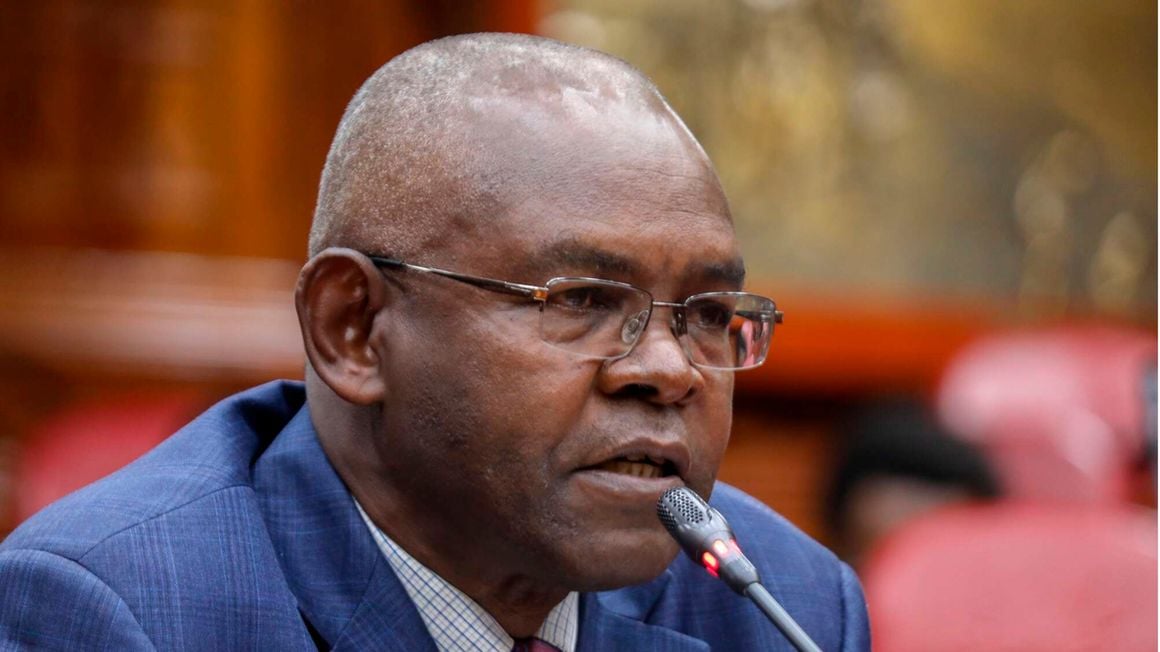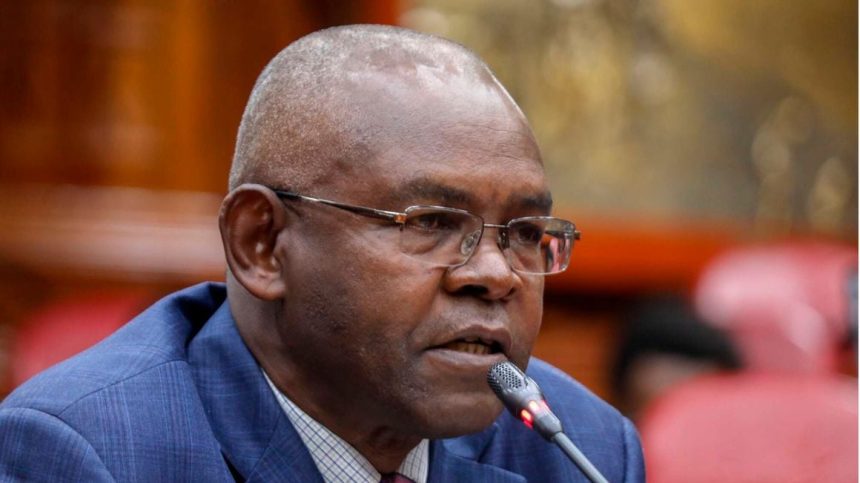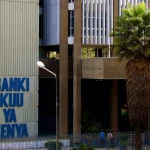The latest rate increase by the US Federal Reserve has emerged as a new pain point for the Central Bank of Kenya (CBK) when it meets in the next two weeks.
On Wednesday this week, the Fed revised its policy rate to its highest point in two decades, adding to the downward pressure that the shilling has been facing from the global environment.
CBK data shows the shilling breached the 142.0 units of exchange to the US dollar on Wednesday, having lost 15.2 percent of its value since the start of 2023 and 19.8 percent over the last year.
This loss in value indicates that imports into the country are becoming more expensive by the day and feed into the already high cost of living while the cost of servicing dollar-denominated loans is also rising for both the government and corporates who have foreign current debt in their books.
Kenyans will be waiting to see whether the CBK further tightens the policy rate to provide a prop for the shilling when it’s the Monetary Policy Committee meets on August 9, 2023.
This comes a little over one month after a 100.0 basis point jumbo rate rise during Kamau Thugge’s debut meeting as the Governor.
The June 27th rate jump was lauded by the International Monetary Fund (IMF) as an appropriate policy stance to cushion Kenya from elevated pressures from the global environment as Central Banks from advanced markets raise rates.

“When advanced economies are raising rates, the depreciation pressure is feeding into inflation and in that context, CBK’s move was very much appropriate and very much welcome but this is evolving as other countries adjust their rates it will require Kenya to continually assess and be data-driven,” IMF Mission Chief to Kenya Haimanot Teferra said.
The IMF said that interventions to revive the interbank market have been instrumental in addressing the spreads in the exchange rate quoted by commercial banks versus that which is quoted by the CBK. A spot check showed that whereas the official exchange rate was reported at 142.2 to the US dollar, commercial banks were quoting as high as 145.65 during Thursday’s trades.
“We have seen the shilling depreciating in the more recent months but I think also since the interest rate adjustments it is stabilising. We think it may have to go some ways in terms of stabilising but at this point, we see that things are coming to where we expected it to be,” Ms Teferra said.



